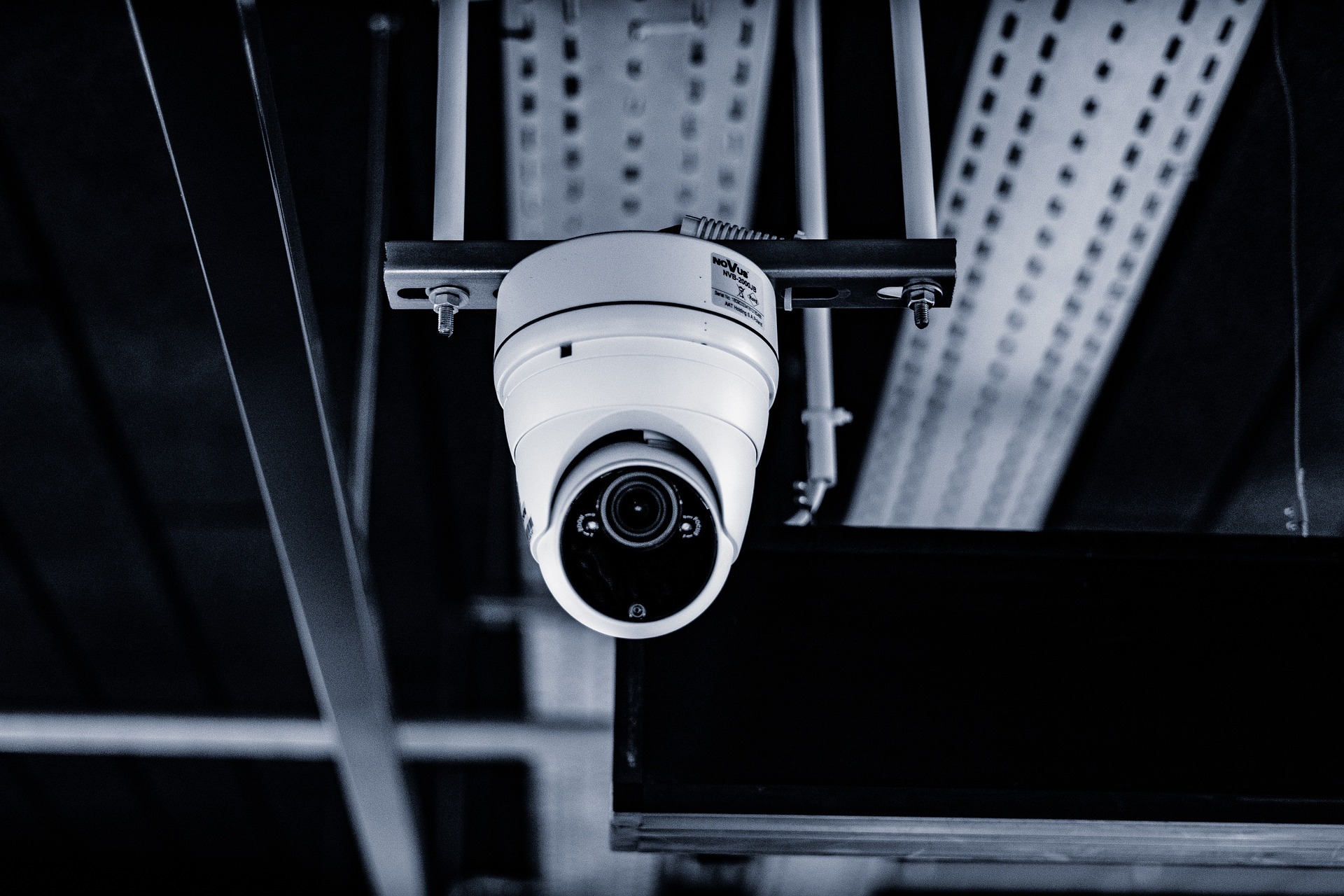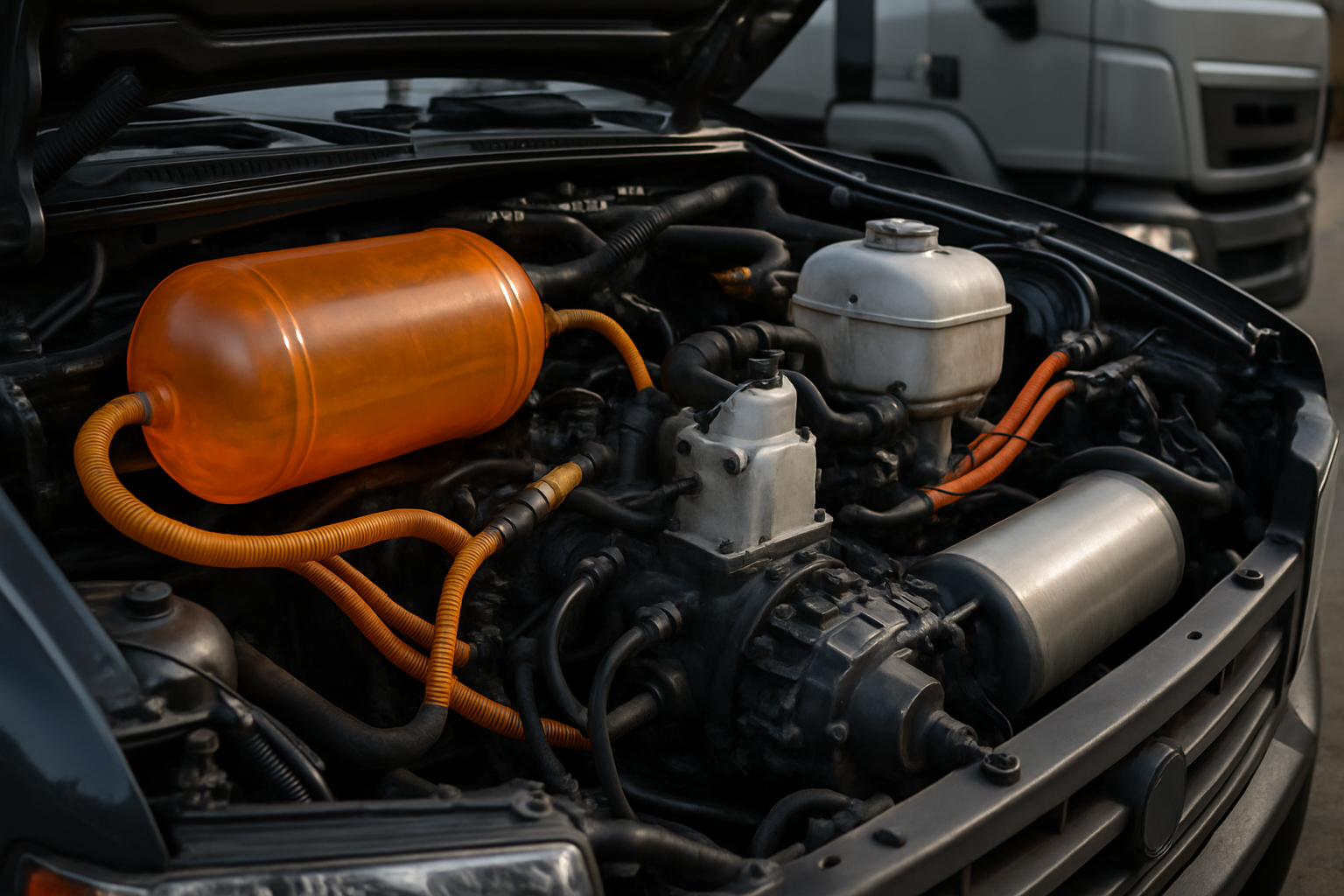Essential Site Security Cameras Guide for Property Protection
Securing your property with effective surveillance technology has become increasingly important in today's world. Site security cameras provide a crucial layer of protection for homes and businesses alike, offering both deterrence against potential intruders and valuable evidence in case of incidents. Understanding the latest technologies, placement strategies, and integration options can maximize your security investment.

Site security cameras have evolved from simple recording devices to sophisticated security systems that can be monitored remotely, detect motion, and even recognize faces. These technological advances have made professional-grade security more accessible and effective for property owners across the USA. As we look toward 2025, the capabilities and integration options continue to expand, making now an ideal time to understand how these systems can protect your property.
How Do Modern Site Security Cameras Enhance Property Protection?
Modern site security cameras offer significantly improved capabilities compared to older models. High-definition video quality ensures clear footage that can capture important details like facial features and license plates. Many current systems include night vision capabilities, allowing for 24/7 monitoring regardless of lighting conditions.
Advanced motion detection features can distinguish between irrelevant movements (like trees swaying) and potential security threats, reducing false alarms while ensuring important events are captured. Many systems now incorporate artificial intelligence to identify specific activities, such as someone lingering too long near an entrance or a package being removed from a doorstep.
Cloud storage options have also revolutionized how footage is saved and accessed, allowing property owners to review historical footage from anywhere with an internet connection. This remote accessibility extends to live monitoring as well, with most systems offering smartphone apps that enable real-time viewing of all connected cameras.
What Are the Strategic Placement Options for Site Security Cameras?
Effective camera placement is crucial for maximizing security coverage. Entry points like doors and windows should be primary focus areas, as these represent the most common access points for intruders. Cameras should be positioned to capture clear views of anyone approaching these areas.
Perimeter coverage is another important consideration, particularly for larger properties. Cameras monitoring the boundaries of your property can provide early warning of potential security threats before they reach entry points. For businesses, parking lots and loading docks represent vulnerable areas that benefit from surveillance coverage.
Indoor placement strategies differ somewhat from outdoor considerations. Reception areas, hallways, and areas containing valuable assets or sensitive information should be prioritized. When placing cameras indoors, it’s important to balance security needs with privacy considerations, particularly in spaces where employees or family members have a reasonable expectation of privacy.
What Technological Advancements Are Expected for Site Security Cameras in 2025?
As we approach 2025, site security cameras are poised for significant technological advancements. Artificial intelligence integration is expected to become more sophisticated, with improved facial recognition capabilities and behavior analysis that can identify suspicious activities with greater accuracy and fewer false positives.
Wireless technology improvements will likely make installation even simpler while enhancing reliability. Battery life for wireless cameras is expected to improve dramatically, reducing maintenance requirements. Resolution capabilities continue to advance, with 4K becoming standard and even higher resolutions emerging for specialized applications.
Integration with smart home and business systems will become more seamless, allowing security cameras to work in concert with other devices like smart locks, lighting systems, and alarm systems. This interconnectivity will enable more comprehensive security responses, such as automatically locking doors and increasing lighting when suspicious activity is detected.
How Are Site Security Cameras Being Implemented Across the USA?
Implementation trends vary across different regions of the USA, influenced by factors such as local crime rates, regulatory environments, and technological infrastructure. Urban areas typically see higher adoption rates of advanced systems with features like facial recognition and license plate reading capabilities, while rural implementations often focus on covering larger perimeters with fewer cameras.
Regulatory considerations also impact implementation strategies. Some municipalities have enacted privacy-focused regulations that limit certain surveillance capabilities, particularly in public-facing areas. Understanding these local regulations is essential when designing a site security camera system.
Community-based approaches have emerged in many neighborhoods, with residents sharing access to camera feeds covering shared spaces or street views. These collaborative security networks have proven effective in deterring crime and assisting law enforcement investigations in residential areas.
What Are the Current Market Options for Site Security Cameras?
The current market offers diverse options across various price points and feature sets. Professional security companies provide comprehensive solutions including installation, monitoring, and maintenance services. These typically represent higher initial investments but offer reliability and support.
| System Type | Provider Examples | Key Features | Cost Estimation |
|---|---|---|---|
| Professional Installation | ADT, Vivint, Johnson Controls | 24/7 monitoring, professional installation, integrated alarm systems | $1,500-$4,000 initial + $30-$60 monthly |
| DIY High-End | Arlo, Ring, Nest | Wireless, cloud storage, mobile apps, smart home integration | $200-$500 per camera + $3-$10 monthly per camera |
| Budget-Friendly | Wyze, Blink, Reolink | Basic motion detection, local storage options, wireless | $35-$100 per camera, minimal subscription fees |
| Enterprise Solutions | Axis, Hanwha, Avigilon | Advanced analytics, centralized management, scalable | $500-$1,500 per camera + management software |
Prices, rates, or cost estimates mentioned in this article are based on the latest available information but may change over time. Independent research is advised before making financial decisions.
DIY solutions have gained popularity for their lower cost and increasing ease of installation. These systems typically offer wireless connectivity and app-based management that allows users to monitor and configure their systems without professional assistance. While they may lack some advanced features of professional systems, they represent an accessible entry point for many property owners.
Enterprise-grade systems designed for larger commercial properties offer scalability and advanced management features. These solutions can integrate hundreds of cameras across multiple locations with centralized monitoring and management capabilities.
How to Ensure Compliance and Privacy with Site Security Cameras?
Implementing site security cameras comes with important legal and ethical considerations. Privacy laws vary by state and locality, with some jurisdictions requiring visible signage indicating the presence of surveillance systems. Understanding these requirements is essential to avoid potential legal issues.
Audio recording capabilities present particular legal challenges, as many states require consent from all parties before recording conversations. For this reason, many security camera systems disable audio recording by default or include clear warnings when this feature is enabled.
Employee and visitor privacy must be balanced with security needs, particularly in areas where people have reasonable expectations of privacy. Best practices include avoiding camera placement in restrooms, changing areas, and break rooms, while focusing coverage on entrances, exits, and areas containing valuable assets or sensitive information.
Data security for stored footage is another critical consideration, as security camera systems can become targets for hackers seeking to access private footage. Implementing strong passwords, regular firmware updates, and encrypted connections can help protect this sensitive information.
As site security cameras continue to evolve, they offer increasingly powerful tools for protecting properties of all types. By understanding the available technologies, implementation strategies, and compliance requirements, property owners can develop effective security solutions tailored to their specific needs and circumstances.




